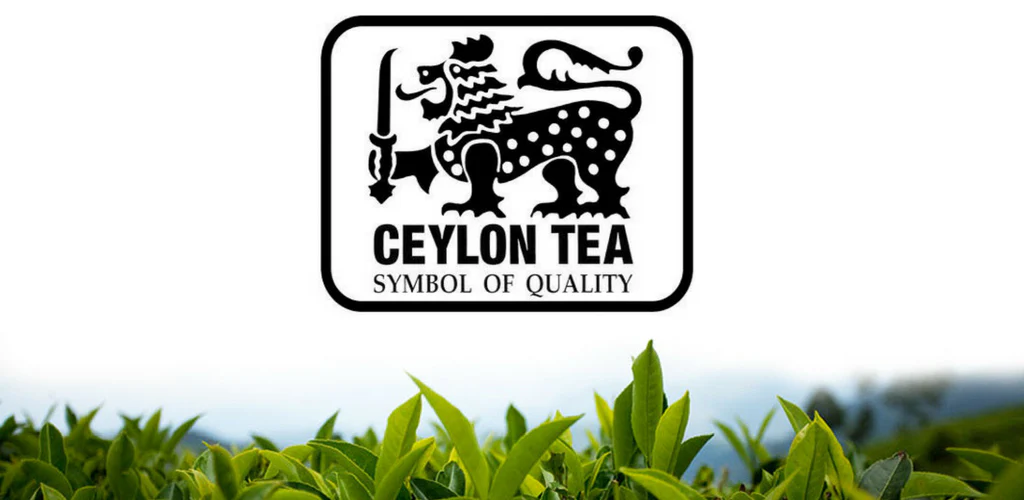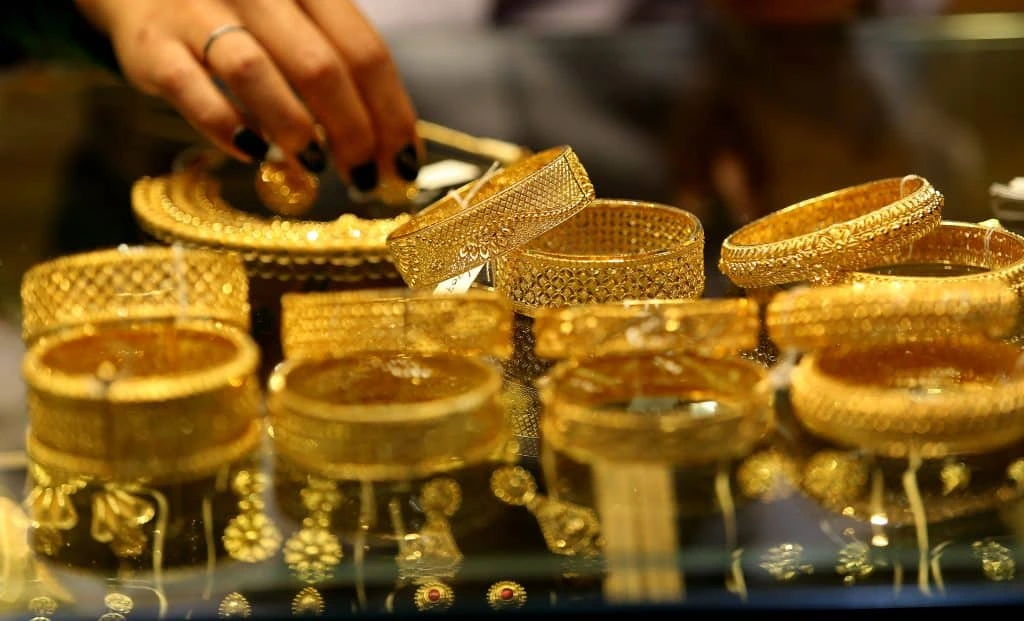Sri Lanka’s rubber industry, a cornerstone of the nation’s economy for over 160 years, is facing a critical moment. Once a global leader in natural rubber production, the sector now teeters on the edge of irrelevance due to declining output, climate challenges, and shifting trade dynamics. At the 106th Annual General Meeting of the Colombo Rubber Traders’ Association (CRTA), Chairman Harin de Silva delivered a stark warning: without urgent, collective action, the industry risks fading into obscurity. This blog post explores the challenges threatening Sri Lanka’s rubber exports, the opportunities to revitalize the sector, and the steps needed to secure its future as a key contributor to the country’s economic recovery.
The Decline of Sri Lanka’s Rubber Exports Sri Lanka’s rubber industry has a storied history, with its high-quality, sustainable natural rubber earning a global reputation. However, production has plummeted from 155,000 metric tonnes in 1967 to less than 70,000 metric tonnes in 2024. This decline is driven by multiple factors, including land loss to real estate, neglect, and lengthy replanting cycles. The industry, which supports over 150,000 rubber tappers and thousands of smallholder farmers, is struggling to remain competitive.
Climate change is a significant culprit. Erratic rainfall patterns and frequent droughts have reduced tapping days, sometimes by up to 100 days annually, slashing farmers’ incomes. The withdrawal of government subsidies for rain guards—protective measures that stabilize yields—has exacerbated the issue. Additionally, the fungal disease PESTA is spreading across low and mid-country plantations, further threatening output. Without swift intervention, these challenges could cripple Sri Lanka’s rubber exports, which are vital for foreign exchange earnings.
Global trade dynamics are adding pressure. The European Union’s Deforestation Regulation (EUDR), effective in 2025, mandates that all rubber entering the EU be deforestation-free and fully traceable. While Sri Lanka’s plantations, established over a century ago, align with these standards, many smallholders lack the digital tools and institutional support needed to comply. Failure to meet these requirements could lock Sri Lankan rubber out of the lucrative EU market, one of its largest export destinations.
External Shocks: The U.S. Tariff ThreatThe U.S., another key market, has imposed a 44% blanket tariff on all Sri Lankan imports, raising the total tariff on rubber to 56.5%. This dramatic increase threatens to make Sri Lankan rubber uncompetitive, potentially devastating rural communities where rubber tapping is a primary income source. The CRTA estimates that this tariff could lead to job losses and a significant drop in export revenue, further straining an already fragile industry.
Wage Hikes and Rising CostsLocally, the industry faces financial strain from a government-mandated 74% wage hike for rubber workers, bringing the minimum wage to Rs. 1,902 (including EPF contributions). While fair wages are essential, CRTA Immediate Past President Manoj Udugampola warned that this increase raises the cost of production by 20%, pushing the industry toward a net loss of Rs. 380 per kilogram. For Regional Plantation Companies (RPCs), which manage 30% of Sri Lanka’s rubber production, this could be a breaking point, discouraging replanting and threatening long-term sustainability.
Opportunities for RevivalDespite these challenges, there’s hope for Sri Lanka’s rubber exports. The CRTA is taking proactive steps, such as securing a $14 million grant from the Asian Development Bank (ADB) to implement rain guarding across mature rubber trees. This initiative aims to stabilize yields and protect farmer incomes, addressing the impact of erratic weather. There’s also potential to leverage Sri Lanka’s reputation for sustainable, high-quality rubber to meet global demand for ethically sourced materials.
The EUDR presents an opportunity to position Sri Lankan rubber as a premium, deforestation-free product. By investing in traceability systems, geo-location mapping, and digital tools, Sri Lanka can turn compliance into a competitive edge, appealing to environmentally conscious buyers in the EU and beyond. The CRTA is already collaborating with stakeholders to build this infrastructure, but urgent investment is needed to support smallholders.
Expanding into non-traditional areas, such as the intermediate and dry zones, could also revitalize the sector. New drought-tolerant rubber clones make cultivation viable in these regions, utilizing underused agricultural land without competing with urban development. This shift could create jobs, stimulate local economies, and improve living standards in underserved areas, ensuring the industry’s long-term sustainability.
A Call for Collective ActionThe CRTA emphasizes that reviving Sri Lanka’s rubber exports requires collaboration between farmers, scientists, government agencies, and private stakeholders. Immediate actions include:Government Support: Reinstate subsidies for rain guards and replanting to ease financial burdens on farmers and RPCs. The government should also engage in diplomatic efforts to negotiate a reduction of the U.S. tariff and explore new export markets to diversify revenue streams.
Disease Management: Swift, coordinated action is needed to combat PESTA. The CRTA has raised concerns with government agencies, but faster response times and investment in research for disease-resistant rubber clones are critical.
Digital Infrastructure: Smallholders need access to digital tools to comply with EUDR requirements. Public-private partnerships can provide training and technology to ensure traceability and maintain access to the EU market.
Sustainable Wage Models: A productivity-based wage system could balance worker welfare with industry viability, preventing further financial strain on plantations.
Innovation and Market Diversification: Investing in value-added rubber products and exploring markets in Asia, such as China and India, could reduce reliance on traditional markets like the U.S. and EU.
The Path ForwardSri Lanka’s rubber industry is at a pivotal moment. With strategic interventions, it can reclaim its position as a global leader in natural rubber exports. The sector’s potential to drive economic recovery through job creation and foreign exchange earnings remains immense, but time is of the essence. As CRTA Chairman Harin de Silva aptly stated, “The world has changed. The climate has changed. Consumer expectations have changed. And the only question left is: can we?”
By embracing innovation, sustainability, and collaboration, Sri Lanka can ensure its rubber industry not only survives but thrives. The government, industry leaders, and farmers must act swiftly to protect this vital sector, safeguarding the livelihoods of thousands and securing a brighter future for Sri Lanka’s economy.





